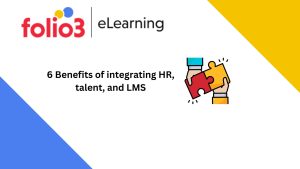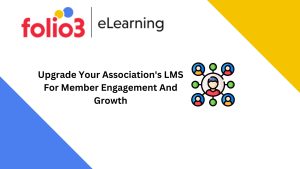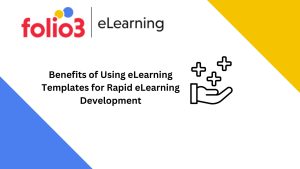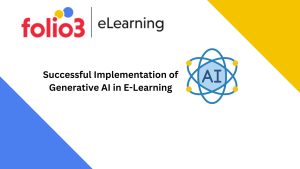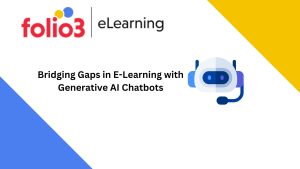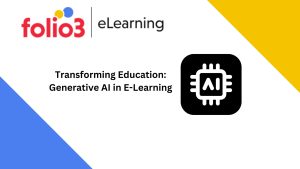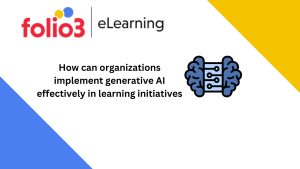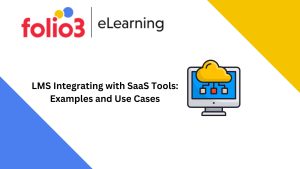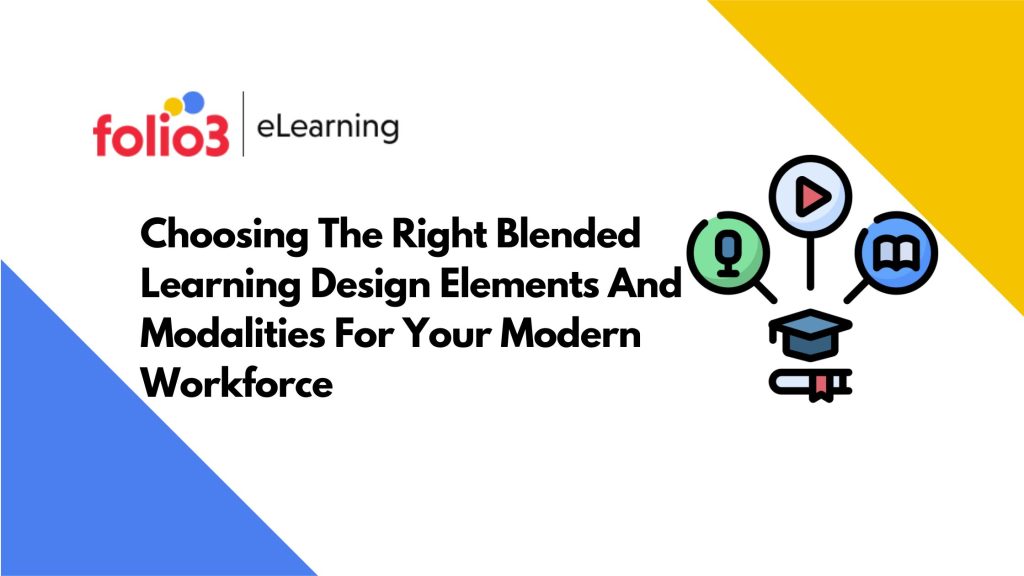
Self-paced learning programs are winning over traditional training methods in popularity.
As workspaces continue to upgrade, they strive to digitize most aspects of their working style, and employee training is just one of them.
Many organizations invest time, money, and effort in creating online learning programs for employees to improve their skills.
Instructor-led training alone is an age-old method of imparting knowledge about new areas and skills to employees. Today, a mix and match of different learning styles work and grab millennials’ attention.
So, whether your company has a new product to roll out, introduce new policies, or enhance employee skills, the blended learning environment can help redefine how you deliver knowledge to employees.
A blended learning environment offers more advantages than purely face-to-face learning, combining the best of both learning mediums.
The Concept of Blended Learning
Blended learning emerges as a blend of face-to-face and online learning.
Researchers suggest combining both types of learning is an effective way to encourage learner participation in the learning process.
In blended learning (also called hybrid learning), 30-80 percent of content is delivered online. It integrates technology and digital media with traditional face-to-face instructions and creates a hybrid setting.
This learning style provides a clear roadmap of what to expect from employees and how to reach the final goal.
You can also visualize and track each employee’s progress.
For example, consider analyzing metrics on an online learning platform to check which modules employees engage with. This helps you understand what is working and what is not to identify issues and quickly make amendments.
Design Elements of Blended Learning
When you design your blended learning courses, do some pre-planning. Think of learners’ needs to understand what they want to get out of this learning.
To match learners’ needs, choose design elements for your online learning platform that align with their expectations.
Blended learning commonly involves the following elements as the core components of how you deliver content:
-
Digital Learning
We all learn differently. There are about 70+ types of learning style schemes.
Many employees in your company will probably have a distinct learning style.
In order to appeal to diverse learning styles, blended learning involves delivering half content or lessons online through a digital channel.
You can leverage videos, digital text, or an interactive online platform for the online portion of blended learning.
You can also include flipped lessons. It means you can deliver lessons to employees remotely at home before a physical class. This saves class time for more interactions and group activities supported by learning management tools such as chats, portfolios, and discussion boards.
In addition to these, here are some of the tools you can use to enhance interactions in your learning program:
- Web tools and apps
- Blogs
- Mind maps
- File sharing
- Social networks
- Wikis
- Project management spaces
-
Face-to-face Instructions
The other part of blended learning is face-to-face instructions. Traditionally, it requires the physical presence of learners and instructors at the same premise to interact.
Although learners are in a physical setting, their face-to-face interactions with the instructor partly involve online mode of learning.
During distance learning, digital meetups via video conferencing replace these in-person interactions.
Instead of a physical room, a virtual room created through a video conferencing platform is used to create a similar experience of connection.
-
Freedom for Learners
Blended learning is a form of self-paced learning that encourages employee involvement. Employees get control over their learning. You let them choose the time, speed, and duration to take on their learning lessons.
When it comes to pace, you can give employees the flexibility to move through content at their chosen pace. Despite the flexibility, keep a due date for content completion and deadlines for finishing projects.
Then, let employees decide where to take the course and how to meet the deadline. They can choose to complete their course anytime during the framed outline, anywhere they want.
This freedom of choice boosts motivation, and employees establish their own schedules for learning and working.
-
Integration of online learning and work
An often overlooked part of blended learning is integration.
However, for the blended learning equation to work, both online and other parts of learning should work in harmony.
One aspect should build on the other and reinforce the overall strategy.
For example, employees may attend a flipped lesson where they watch a video to learn something. Later, they must apply the skills they learned in the course in a physical setting.
It can work the other way round, too. The instructor can, in a more personal training experience, guide employees. Then, move to an online class.
Either way, the idea is to amalgamate both types of learning. But, if you do not tie them together, blended learning will not be “blended” in the real sense.
Blended Learning Modalities for Your Workforce
Blended learning is not limited to adopting one learning model at a time. You can choose one, some, or many models for a larger blended learning strategy and blend them to give your strategy a dimension.
You can implement several blended learning modes to create a delivery system for your content. Some of them are:
-
Rotation Model
This model involves a fixed schedule for employees to ensure a presence for face-to-face time with the instructor and then move on to online learning mode.
-
Flex Model
This model largely relies on online instruction, with trainers acting as facilitators, while the primary source of instructional delivery is a digital platform.
-
Online Driver Model
Employees receive training lessons and complete courses on an online learning platform with check-ins by the instructor. You deliver every bite of training content online via a digital platform and hold online face-to-face meet-ups when/as needed.
This model especially works for employees:
- Those who suffer from chronic problems find it hard to attend physical sessions
- Who work from home and have flexible working hours
- Who is more enthusiastic than other fellows and wants to progress faster than offered by traditional training
Final Note
If you want to provide training allowing instructors and employees to connect virtually, blended learning is an ideal mix.
This standard practice is the preferred way employees want to learn. Blended learning can help you give them control over their learning and create a training program in a short span of time.
To implement blended learning, you can either build your learning management system from scratch or get a bespoke training solution.
In either case, Folio3 has got your back with custom eLearning solutions and custom eLearning app development offered at competitive rates to fit any budget.
No matter which blended learning model you decide to use for your workforce, our passionate teams can build you a training solution that can bring visible results for your business.

